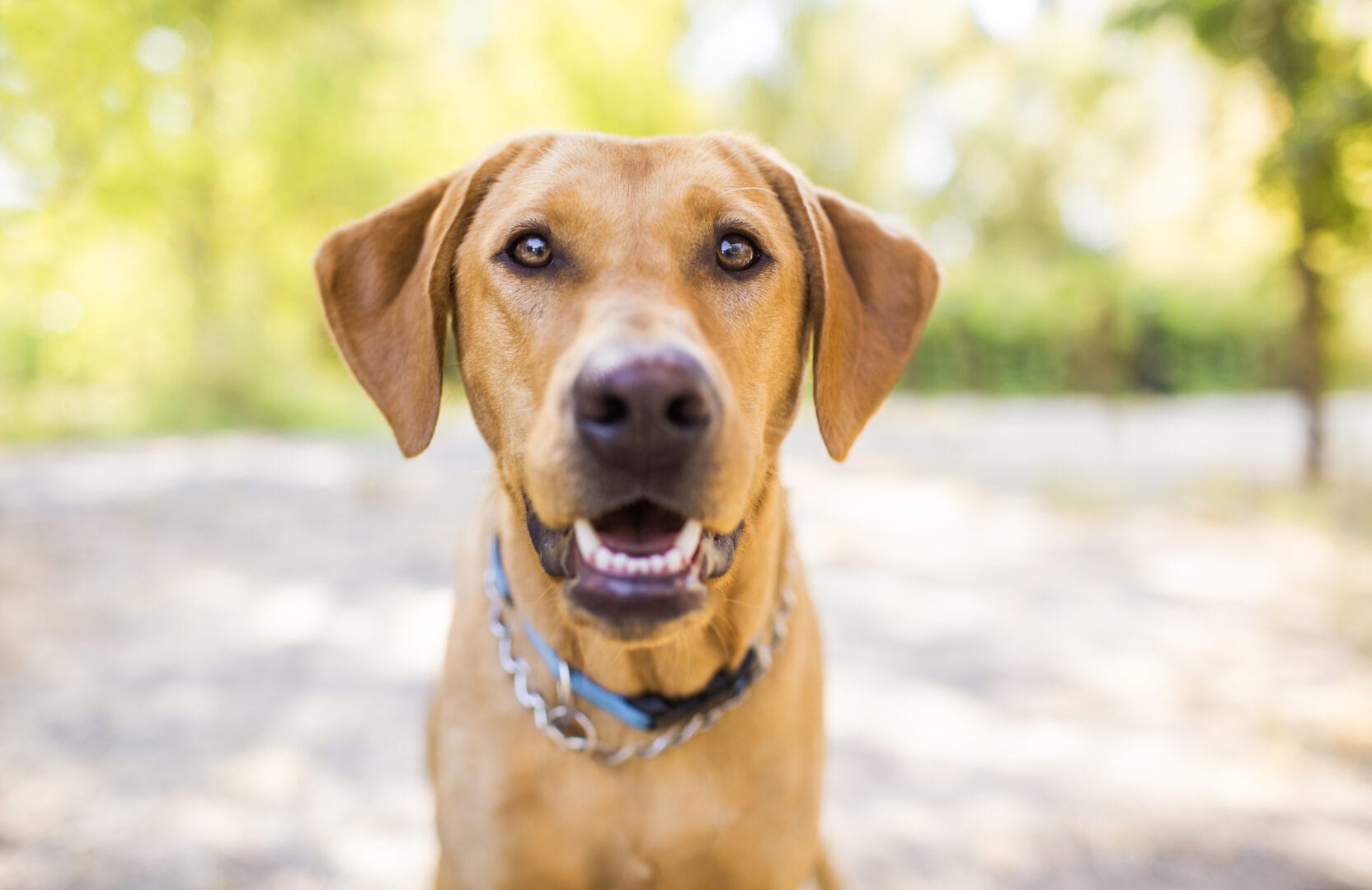You’d do anything for your dog, even check their stool, especially if you thought something could be wrong. Notice any differences in your dog’s bowel movements lately? Although mucus in dog stool is very common — and necessary — sometimes it warrants a trip to the veterinarian. Here’s what to know about mucus in dog stool.
What is mucus in dog stool?
Dog stool often has mucus. It’s a slime-like substance made by the intestines to keep the lining of the colon lubricated and moist and is perfectly healthy. In fact, small amounts are often dead cells acting as a natural lubricant in the gut, helping prevent constipation.
“Without it, defecating is much more strained and difficult,” says Dr. Krista Magnifico, a veterinarian at Jarrettsville Veterinary Center and the founder of Pawbly.
Dr. Kimberly Hammer, a veterinarian at NorthStar VETS and a diplomat of the American College of Veterinary Internal Medicine, agrees that mucus in stool is normal. “Mucus is often either the dead cells being shed from the lining from the colon or secretion from the colon and is usually not a concern,” she says.
“Part of being a really great and responsible pet parent means you really need to know what is going into and out of your dog.”
– Dr. Krista Magnifico, veterinarian
When is mucus in a dog’s poop problematic?
“Part of being a really great and responsible pet parent means you really need to know what is going into and out of your dog,” says Magnifico. And that means knowing not just what you are feeding him, but what he found to ingest all on his own. Think your dog’s mucus is problematic?
Here’s when you should call the vet:
Your dog has diarrhea
Both vets say when mucus is accompanied by diarrhea, it’s something that could warrant a trip to the vet. “When your dog has diarrhea that persists longer than 24 hours, and is accompanied by mucus in the stool, you should go see your vet,” says Hammer.
Any part of the stool is changing
“If you’ve suddenly got really, really soft stool and a lot of mucus, or a lot of mucus and not very much stool, that could indicate that there is a problem,” says Magnifico.
You witness a change of color
“The mucus will only change color when there is something else present in it,” says Magnifico. “So, if there’s excessive bile or blood, this will change the color of the mucus and could mean something is wrong.”
Your dog is only producing mucus
When you see your dog overly straining, and nothing is coming out but mucus, this could mean something is wrong in the GI tract. Both veterinarians agree you need to see a pattern of this occurring before taking your dog to see a vet. “The cell turnover in the gut is so rapid and changes quickly, ” says Magnifico. You should wait it out.
Hammer agrees, “If your dog is only producing mucus in a 24-hour time period, it is time to call the vet.”
Your dog isn’t eating or drinking
“A lot of times dogs will get better with conservative measures at home,” explains Hammer. “Sometimes it can be a bland diet that helps, but if your pet is not eating or drinking, this can be another warning sign that something is wrong.”
Hammer warns that if your pet is not drinking anything, don’t wait 24 hours to see improvements, especially if you notice other symptoms of lethargy. Just call your vet.
Talking to your dog sitter
If you’re worried about the state of your dog’s GI tract and health, talk to your dog sitter or dog walker. Make sure they keep track of everything your dog is ingesting, whether it’s the food given to the dog directly or a piece of pizza found on the sidewalk.
If you’re not with your dog all day, you may not notice they’ve been straining to poop and just getting mucus, but your pet sitter probably can. Tell your pet sitter or dog walker your concerns and make sure they watch your dog closely during the time with your pet. With these precautions, soon your only poo concern will be scooping it off the ground.
*Original article written by Amy Aitman



